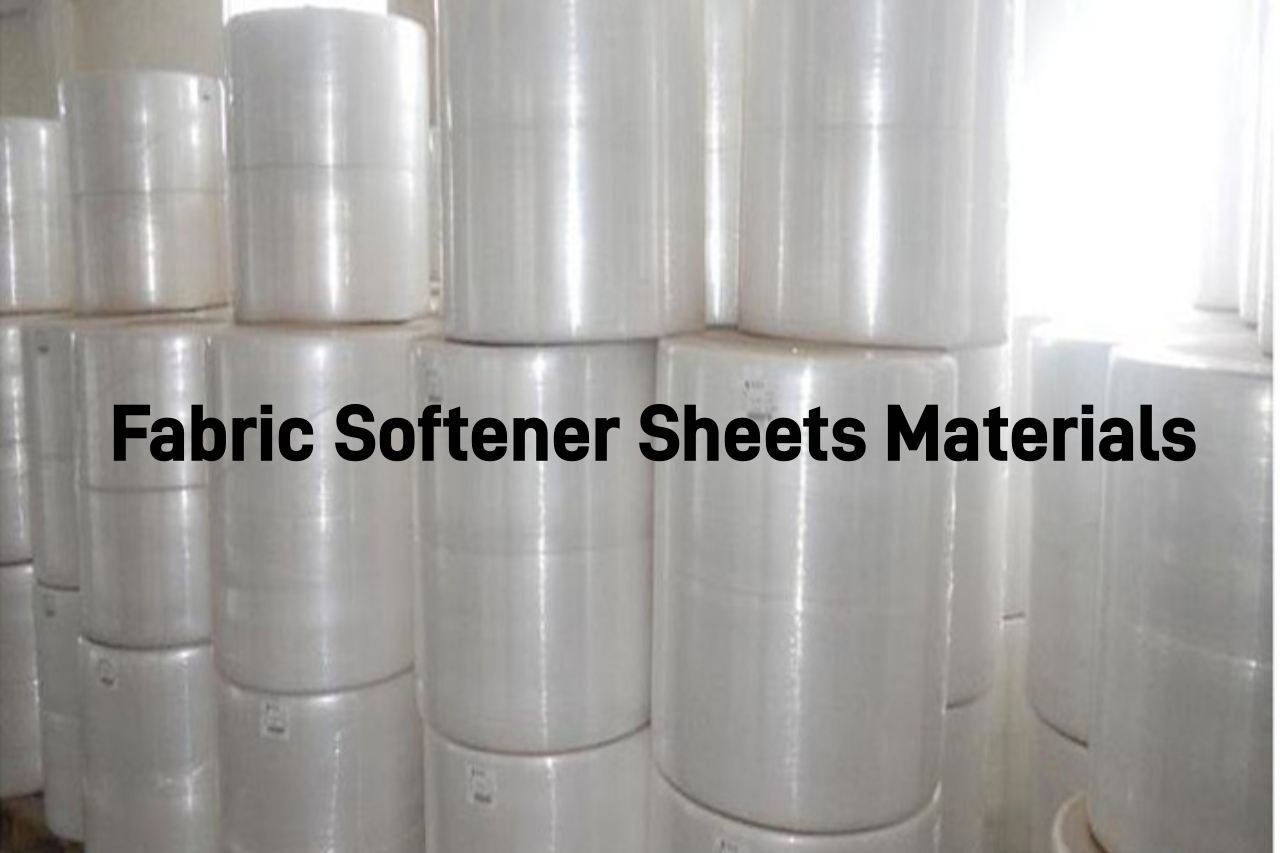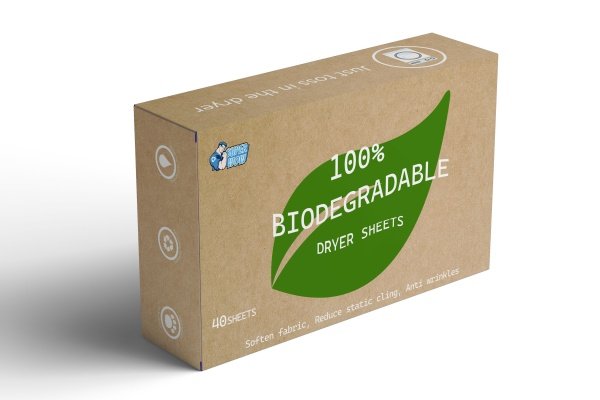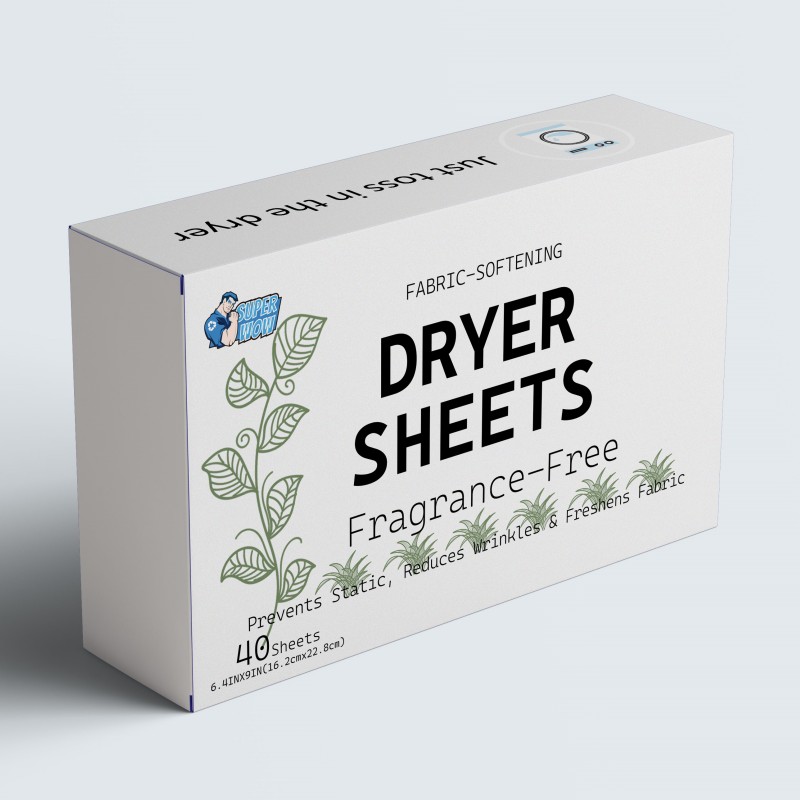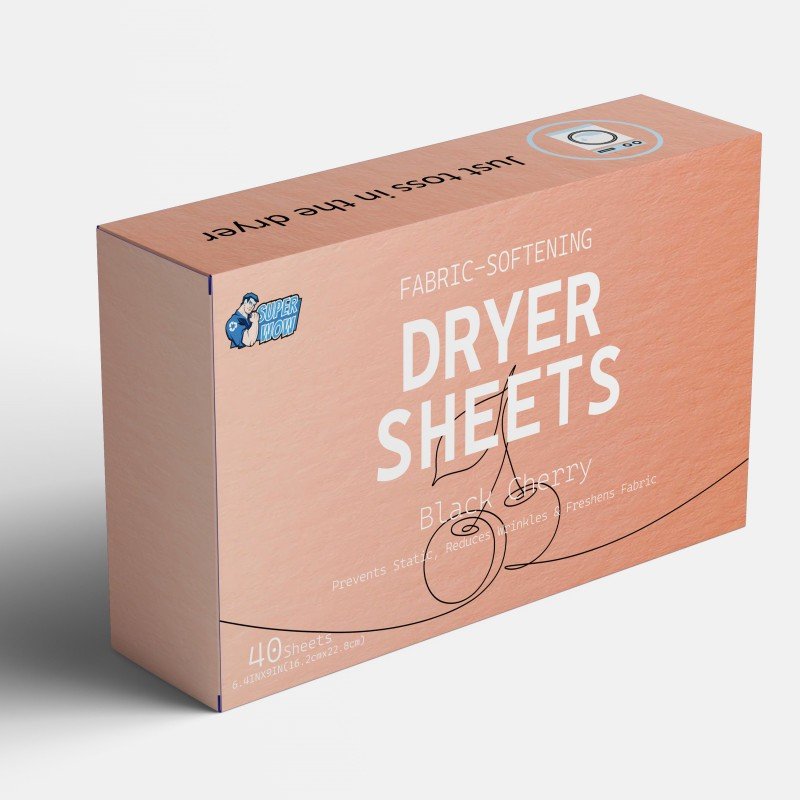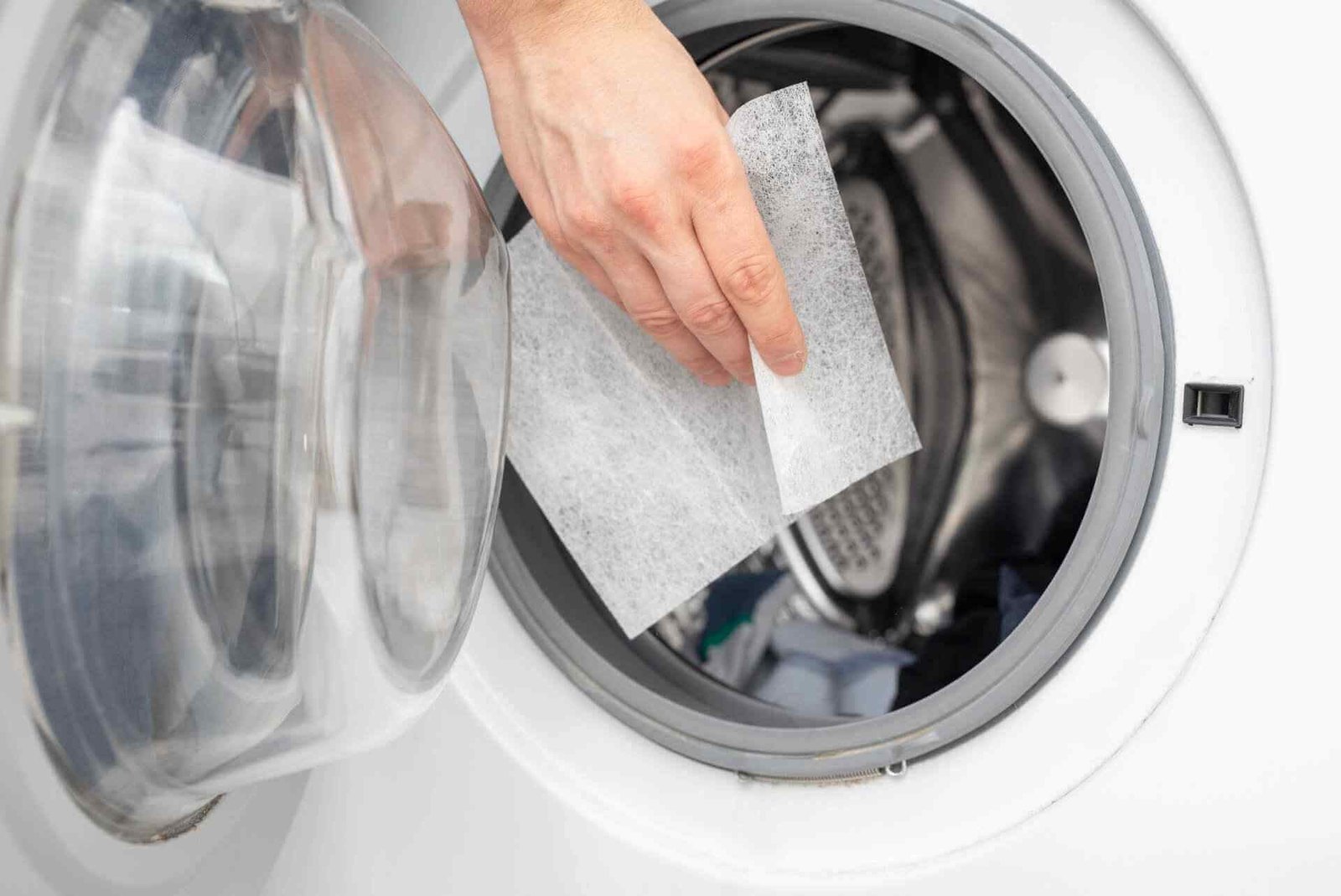Fabric softener sheets are thin, flexible sheets coated with chemicals that reduce static cling, soften clothes, and add fragrance during the drying process. These sheets are widely used in households to make laundry feel smoother and smell fresher.
This article aims to break down the materials and chemicals found in fabric softener sheets, exploring both traditional and eco-friendly options. It will also highlight potential health and environmental concerns associated with certain ingredients.
Materials Used in Fabric Softener Sheets
Nonwoven Polyester
This synthetic material is commonly used for its durability and ability to retain chemicals, providing long-lasting softness and static reduction. It is known for its absorption capabilities, making it efficient during the drying cycle.
Cellulose
A natural, biodegradable fiber, cellulose is increasingly used in eco-friendly fabric softener sheets. It’s derived from plant sources and is more sustainable compared to synthetic alternatives.
Comparison Between Synthetic and Natural Fibers
- Synthetic Fibers (e.g., Polyester):
- Pros: Durable, effective at holding softening agents, long-lasting.
- Cons: Non-biodegradable, contributes to microplastic pollution, less eco-friendly.
- Natural Fibers (e.g., Cellulose):
- Pros: Biodegradable, environmentally friendly, derived from renewable resources.
- Cons: May not be as durable, could break down faster in use, higher cost.
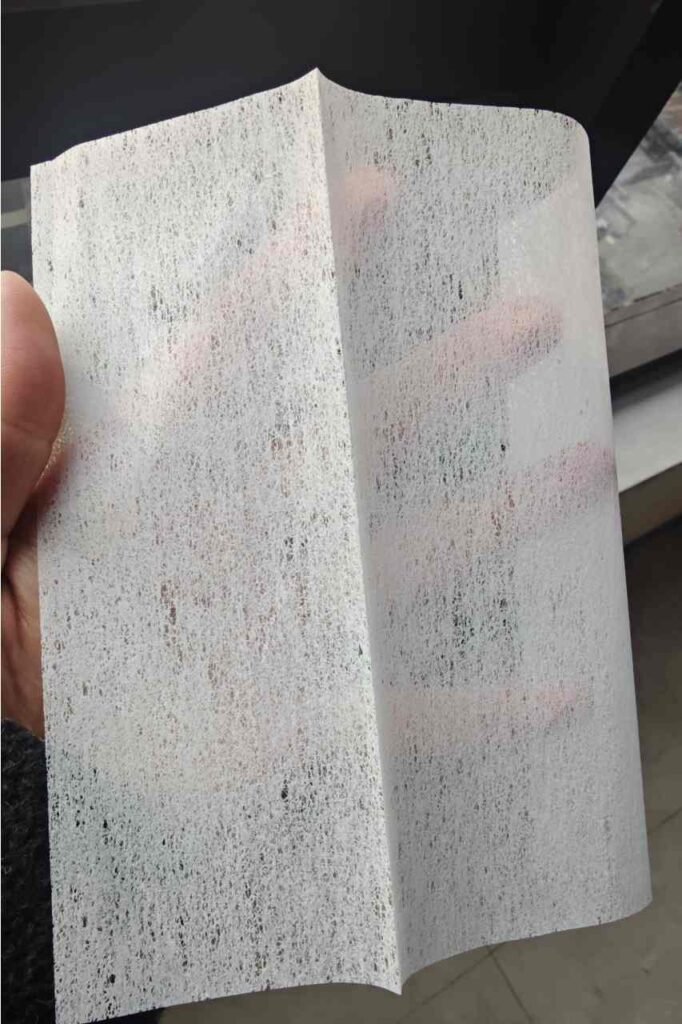
Non Woven Fabric
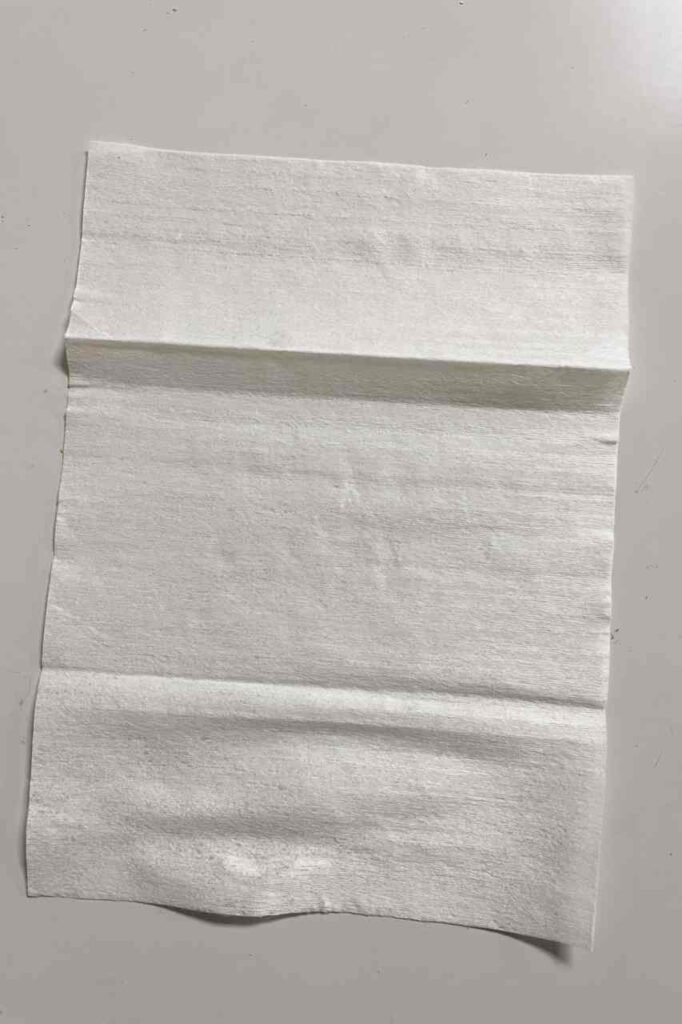
Biodegradable Fiber
Chemical Components of Fabric Softener Sheets
Cationic Surfactants
- Role in Softening Fabrics: Cationic surfactants, positively charged, attach to the negatively charged fibers in fabric. This reduces friction between the fibers, making clothes feel smoother and more comfortable.
- Examples of Common Chemicals: Quaternary ammonium compounds, such as diethyl ester dimethyl ammonium chloride (DEEDMAC), are among the most widely used softening agents. These chemicals coat the fibers, providing a long-lasting softness even after multiple washes.
Fragrance Additives
- Purpose of Scent in Sheets: Fragrances are added to fabric softener sheets to leave clothes with a fresh, clean scent after drying. These fragrances mask the chemical smell from other ingredients and enhance the user experience.
- Types of Fragrance Options:
- Natural Fragrances: These are derived from essential oils like lavender, citrus, or eucalyptus. They are considered safer for sensitive skin and are environmentally friendly.
- Artificial Fragrances: These are synthetic chemicals designed to mimic natural scents but at a lower cost. While more affordable, they may cause skin irritation or allergic reactions in some individuals.
Antistatic Agents
- How They Work: Antistatic agents in fabric softener sheets help reduce static cling, which occurs when clothes rub together during the drying process. The agents work by neutralizing the electrical charges that build up on fabric surfaces.
- Mechanism: These chemicals create a conductive layer on the fabric, allowing electrons to flow more freely and dissipate, which prevents the clothes from sticking together. Common agents include fatty acids and amines.
Preservatives and Dyes
- Roles:
- Preservatives: Used to extend the shelf life of fabric softener sheets by preventing the growth of bacteria and mold. Common preservatives include formaldehyde-releasing agents and isothiazolinones.
- Dyes: Often added to give fabric softener sheets a distinct color for aesthetic appeal.
- Safety Concerns:
- Preservatives: Some preservatives, such as formaldehyde, may release harmful compounds over time, potentially leading to allergic reactions or respiratory irritation.
- Dyes: Artificial dyes may cause skin irritation in sensitive individuals and contribute to environmental pollution during decomposition.
Eco-friendly and Biodegradable Options
Growing environmental awareness has led to increased demand for sustainable and biodegradable fabric softener sheets. Consumers are seeking products that are both effective and environmentally safe.
Biodegradable sheets often use natural fibers like cellulose, made from plant-based sources such as wood pulp, or rayon, which breaks down more easily compared to synthetic materials.
- Differences Between Traditional and Eco-friendly Sheets
Traditional sheets use non-biodegradable materials like polyester, whereas eco-friendly options focus on using renewable, biodegradable fibers. Additionally, eco-friendly sheets often use natural fragrances and avoid harsh chemicals found in traditional sheets.
- Popular Eco-friendly Brands and Innovations
Many companies are now offering eco-conscious alternatives, such as Seventh Generation, Method, and Dropps, which emphasize the use of plant-based materials, minimal packaging, and non-toxic ingredients. Some innovations include compostable sheets and sheets packaged in recyclable or plastic-free containers to reduce waste.
These biodegradable alternatives are gaining popularity as they offer a solution that balances effectiveness with environmental responsibility.
Sheet Whisper is providing biodegradable options for fabric softener sheets, with customization services.
Are fabric softener sheets biodegradable?
Traditional sheets are usually non-biodegradable, but eco-friendly versions made from materials like cellulose or rayon are designed to break down more easily.
Can I use fabric softener sheets in high-efficiency (HE) dryers?
Yes, fabric softener sheets can be used in HE dryers, but it’s important to avoid overuse to prevent residue buildup on the dryer’s sensors, which can reduce efficiency over time.
How long does the scent of fabric softener sheets last?
The fragrance typically lasts for a few days to a week, depending on the brand and the strength of the scent used in the sheets.
Is there plastic in fabric softener sheets?
Yes, traditional fabric softener sheets often contain plastic, specifically in the form of nonwoven polyester. This synthetic material helps the sheet maintain its durability and effectiveness during the drying cycle.
However, eco-friendly fabric softener sheets are available that use biodegradable materials like cellulose or rayon, which do not contain plastic and are better for the environment. If you’re concerned about reducing plastic waste, these biodegradable alternatives are a more sustainable option.
Are fabric softener sheets safe for sensitive skin?
Fabric softener sheets may not be safe for sensitive skin, as they often contain chemicals like fragrances, dyes, and preservatives that can cause irritation or allergic reactions.
Individuals with sensitive skin should consider using hypoallergenic or fragrance-free fabric softener sheets, which are designed to minimize the risk of skin irritation. Another option is to switch to eco-friendly, plant-based sheets that avoid harsh chemicals, making them gentler on the skin. Always check product labels to ensure they meet your skin sensitivity needs.

